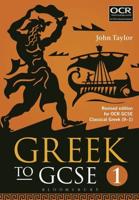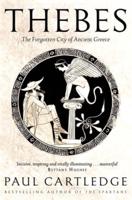Publisher's Synopsis
Angkor Wat is the largest religious monument in the world and one of Cambodia's most iconic landmarks. Originally built in the early 12th century as a Hindu temple dedicated to the god Vishnu, it later became a Buddhist temple and remains a significant spiritual and cultural site today. This book contains all you need.
1. Historical Background- Built in the early 12th century (around 1113-1150 AD) by King Suryavarman II of the Khmer Empire.
- Initially a Hindu temple dedicated to Vishnu, reflecting Hindu cosmology and mythology.
- By the late 12th century, it was gradually transformed into a Buddhist temple.
- The temple was never abandoned and has been in use for centuries, making it unique among Angkorian temples.
- Symbolism: Designed to represent Mount Meru, the mythical home of the gods in Hinduism.
- Layout: A three-tiered pyramid with five towers, forming a quincunx pattern (like the dots on a die).
- Moat & Causeway: Surrounded by a vast moat (almost 200 meters wide), which symbolizes the cosmic ocean.
- Bas-Reliefs: The temple walls feature detailed carvings and bas-reliefs depicting Hindu epics like the Ramayana and Mahabharata.
- Orientation: Unlike most Khmer temples that face east, Angkor Wat faces west, which is associated with Vishnu and also symbolizes death.
- Though never truly lost, Angkor Wat was "rediscovered" by French explorer Henri Mouhot in the 19th century.
- The temple became the focus of extensive restoration efforts in the 20th and 21st centuries.
- Today, it is a UNESCO World Heritage Site (1992) and a major tourist attraction.
- Still an active Buddhist site, where monks and locals come to pray.
- The temple appears on Cambodia's national flag, symbolizing national pride.
- A site of major festivals like the Khmer New Year and Pchum Ben (Ancestor's Day).
- Location: Near Siem Reap, Cambodia.
- Best Time to Visit: Sunrise is the most famous time to see Angkor Wat due to its stunning reflections in the moat.
- Angkor Pass: Required for entry (sold as 1-day, 3-day, or 7-day passes).
- Nearby Temples: Other famous temples in the Angkor complex include Bayon Temple (with its iconic stone faces) and Ta Prohm (famous for tree roots growing over the ruins).
- It is one of the largest religious structures ever built.
- The temple took over 30 years to complete.
- Some scholars believe it also functioned as a mausoleum for King Suryavarman II.
- The entire Angkor Wat complex covers 162.6 hectares (about 400 acres).
- Featured in movies like Tomb Raider (2001), starring Angelina Jolie.










